Direct Shipping
All our suppliers have d2c shipping
Dedicated Support
100% Secure
Secure site and secure payments
Hot Offers
Discounts from major suppliers
Featured Products
Top Supplier - Tyres UK
Contributor Focus
Website: https://shop.nationalgallery.org.uk/
Discover art-inspired treasures at the National Gallery Shop (https://shop.nationalgallery.org.uk/)! Elevate your home decor with our exquisite range of prints, posters, and gifts featuring timeless masterpieces from renowned artists. From striking wall art to stylish accessories, our collection celebrates the beauty of art in everyday life. Dive into history and culture with our curated selection of books and stationery, perfect for art enthusiasts of all ages. With exclusive products and unique finds, shopping at the National Gallery is like stepping into a world of creativity and inspiration. Indulge your passion for art and bring a touch of gallery elegance into your life today!
-
The 12 main panels
of the altarpiece,
one of the largest
to be commissioned
in 14th-century
Florence, are in
the National Gallery
Collection. The
predella shows
scenes from the life
of Saint Peter and
is dispersed in
different
collections. The
painting was
commissioned for the
church of San Pier
Maggiore in
Florence, probably
by the Albizzi
family. The accounts
of 1370 show that a
certain Niccolò,
probably Niccolò di
Pietro Gerini,
designed the
altarpiece. It was
probably painted by
Jacopo di Cione and
assistants. It was
completed in 1371.
In the centre of the
composition are
Christ and the
Virgin, dressed in
white and gold, and
seated upon a
canopied throne
surrounded by
angels. The panels
to each side are
densely crowded with
saints; to the left
a prominent Saint
Peter carries a
model of San Pier
Maggiore. The middle
tier of the
altarpiece, which
would have been
supported by heavy
buttresses, showed
(from left to right)
the Nativity, the
Adoration of the
Kings, the
Resurrection, the
Maries at the
Sepulchre, the
Ascension and
Pentecost. In the
three pinnacles
above, the Trinity
appeared in the
centre with adoring
angels on each side.
A later, more
fluent, Florentine
version of the theme
is 'The Coronation
of the Virgin' by
Lorenzo Monaco.
£20.00
Products
-
Saint Joseph is
identified by his
rod that burst into
flower, Saint Lucy
(whose name means
light) holds a
burning light. The
woman and the child
in the foreground
have sometimes been
said to be saints,
but are more
probably a mother
and her child, the
donors of the
picture, although
the mother's head
has been given a
radiance. This
picture is
apparently
unfinished and is
considerably
damaged. The
horizontal format
showing kneeling
donors recommended
by saints to the
Virgin and Child in
a landscape was
typical of Venetian
painting, and the
painting has been
attributed to
Cariani.
£20.00
Products
-
At the centre Christ
is on the cross. On
the left are the
Magdalen and the
Virgin supported by
two Holy Women. On
the right are Saint
John and a figure
with a scalloped
halo who may be
Saint Anne. The
tracery and ornament
around the picture
are original.R
£20.00
Products
-
Create your own
bespoke print of
Rembrandt’s The
Woman taken in
Adultery from our
collection. About
this painting The
Woman taken in
Adultery, 1644 ©
The National
Gallery, London
This painting joined
our collection in
1824 With our custom
print service, you
can order your own
fully customised
reproduction from
the National Gallery
Collection and
exhibitions. Choose
your own size,
print material and
frames and have your
masterpiece
delivered straight
to your door.
£20.00
Products
-
This may be the
earliest dated
picture of the
Virgin of the
Immaculate
Conception. This
doctrine, which
claimed the Virgin
was conceived
miraculously without
taint of original
sin, was
controversial but
enjoyed increasing
popularity in the
15th century,
becoming dogma in
1854. Although
rejected by the
Dominicans, the
Franciscans
supported it. A
standard format and
symbolism developed
for such pictures.
The symbols derive
from the Bible,
including the Book
of Revelation and
The Song of Songs.
Here, the Virgin's
purity is symbolised
by a lily in a pure
crystal glass. The
painting, signed
and dated 1492,
comes from the
Franciscan church of
San Francesco,
Pergola, central
Italy.
£20.00
Products
-
Delacroix painted
this subject several
times throughout his
career. One version
showing Christ
between the two
thieves was
exhibited at the
Salon of 1835 (Musee
Municipal des
Beaux-Arts, Vanne).
Another version of
1846, closely
related to this
painting, w
£20.00
Products
-
In the Trinity (top
right), the four
creatures with the
heads of an eagle,
man, ox and lion
symbolise,
respectively, the
four Evangelists:
John, Matthew,
Luke and Mark. The
'Crucifixion'
contains many of the
incidents found in
the nearly
contemporary vers
£20.00
Products
-
Lazarus, the
brother of Mary
Magdalene, was
dying and Jesus was
called to his
bedside, but by the
time he arrived
Lazarus had been
dead for four days.
Jesus was taken to
the grave, gave
thanks to God, and
'he that was dead
came forth, bound
hand and foot
£20.00
Products
-
The subject matter
and the composition
(which may have been
cut down) are
unusual.John the
Baptist points to
the infant Christ,
who holds an olive
branch, symbolising
peace, and, as
Saviour of the
World, a globe.
They stand on a
curved parapet
enclosing t
£20.00
Products


 United Kingdom
United Kingdom
 France
France
 Germany
Germany
 Netherlands
Netherlands
 Sweden
Sweden
 USA
USA
 Italy
Italy
 Spain
Spain
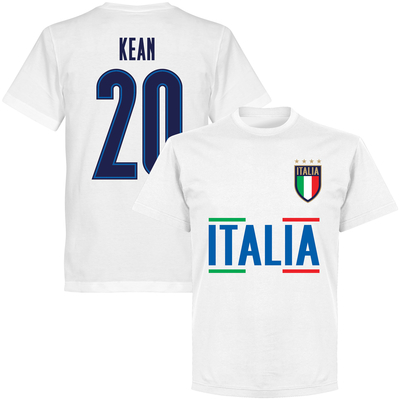













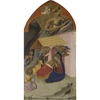

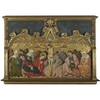
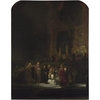

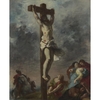
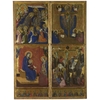
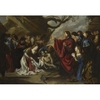
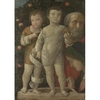


















 Denmark
Denmark